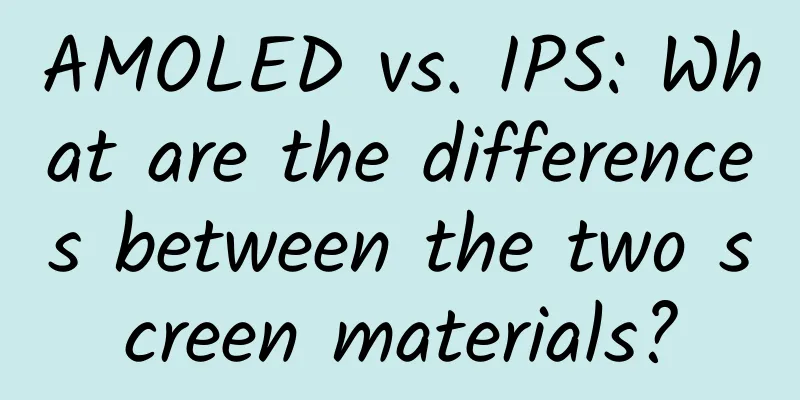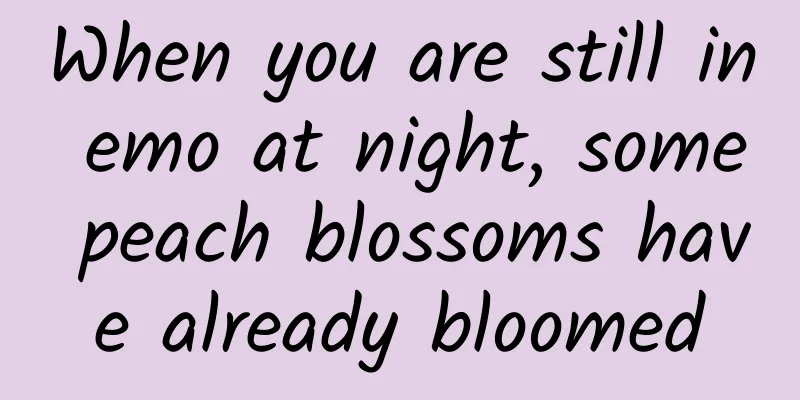AMOLED vs. IPS: What are the differences between the two screen materials?

|
When it comes to smartphones and tablets, the screen features are obviously what users are concerned about. In addition to size and resolution, the key to determining the display effect is obviously the screen material. Basically, the mainstream technologies in the current market include LCD (liquid crystal) and OLED (organic light-emitting diode), from which IPS panel technology and AMOLED (active matrix organic light-emitting diode) are derived. So, what is the difference between the display effects of the two screens? Let's discuss it together. IPS is brighter and has a wider angle, while AMOLED is more vivid and more energy-efficient First of all, IPS is a panel technology, and its essence is still LCD, which is what we often call liquid crystal screen. The advantage of IPS technology is that it improves the slow response speed of liquid crystal, enhances color performance, and brings a wider viewing angle. In terms of products, mainstream manufacturers including Apple , LG , HTC , etc. all use IPS on mobile devices. Interestingly, LG mainly promotes OLED in the field of television, but insists on using IPS for mobile devices, while its competitor Samsung is just the opposite. AMOLED is an improved version of OLED, and Samsung's Super AMOLED is one of its derivatives. Compared with LCD screens, AMOLED continues the characteristics of OLED's black performance and stronger contrast, while improving brightness and saving more power. Samsung has further optimized Super AMOLED on this basis, including calibrating the color gamut and increasing brightness. The performance of its latest model S6 has been greatly improved compared to before. In fact, through comparison, it is not difficult to find that AMOLED screens have brighter display effects and warmer tones than IPS, and are relatively more power-efficient, but the disadvantage is that the reading effect under sunlight is still unsatisfactory; IPS has higher brightness, better sunlight readability and display angle, but it consumes more power, and the cooler color effect will also make black and white images slightly bluish. Of course, for many insensitive users, the two screen materials may not be much different. They are also constantly developing to make up for their own shortcomings. How to choose may depend more on one's own preferences. As a winner of Toutiao's Qingyun Plan and Baijiahao's Bai+ Plan, the 2019 Baidu Digital Author of the Year, the Baijiahao's Most Popular Author in the Technology Field, the 2019 Sogou Technology and Culture Author, and the 2021 Baijiahao Quarterly Influential Creator, he has won many awards, including the 2013 Sohu Best Industry Media Person, the 2015 China New Media Entrepreneurship Competition Beijing Third Place, the 2015 Guangmang Experience Award, the 2015 China New Media Entrepreneurship Competition Finals Third Place, and the 2018 Baidu Dynamic Annual Powerful Celebrity. |
<<: The high-end tablet instantly turns into a thermal imager
>>: Is Shield TV really that amazing? Is NVIDIA obsessed with streaming?
Recommend
Is it useful to arrange a Wenchang Tower before the exam?
Many parents ask whether the Wenchang Tower reall...
Without it, food would become expensive and unpalatable, but many people are afraid of it.
As modern people pay more and more attention to h...
Xiaomi Air Purifier 2 unboxing photos: 699 yuan, smaller in size
When you are all paying attention to the Redmi No...
iOS 12 foreshadows five future trends for iPhone and iPad worth paying attention to
Apple's iOS 12 operating system has now been ...
Wuwei Qinglong "Bull Stock Rise Practical Camp" stock trading tutorial video
Course Contents: Section 1: Rising Point System.m...
Why do we need to do a good job in brand communication planning?
Sometimes the workplace is like a battlefield. If...
Pornographic mobile games investigated: Just wear more clothes?
These days, gamers may find that the female charac...
2019 Douyin operation and promotion complete guide, recommended collection
I have learned a lot of Douyin courses recently, ...
Einstein's brain has 73% more matter than an average person! Scientists reveal the secret of a smart brain
When you mention the word "genius", who...
Hot search number one! Jia Ling reveals her weight loss recipe, can ordinary people replicate it?
Recently, #佳玲公开瘦身食谱# became the number one trendi...
The loud noise 59 years ago was his most unforgettable birthday gift!
October 16, 1964 China's first atomic bomb ex...
This exercise is super simple and requires no movement. Just 10 minutes a day can improve your posture and relieve stress!
Many people often use "no time" or &quo...
How should I consecrate the Wenchang Pagoda I purchased?
Speaking of Wenchang Tower, I believe many people...
Understanding Low Code in One Article
Part 01 Low-Code Overview In 2014, Forrester prop...
Xiaohongshu’s complete promotion and operation plan!
At the beginning, my purpose of operating Xiaohon...









